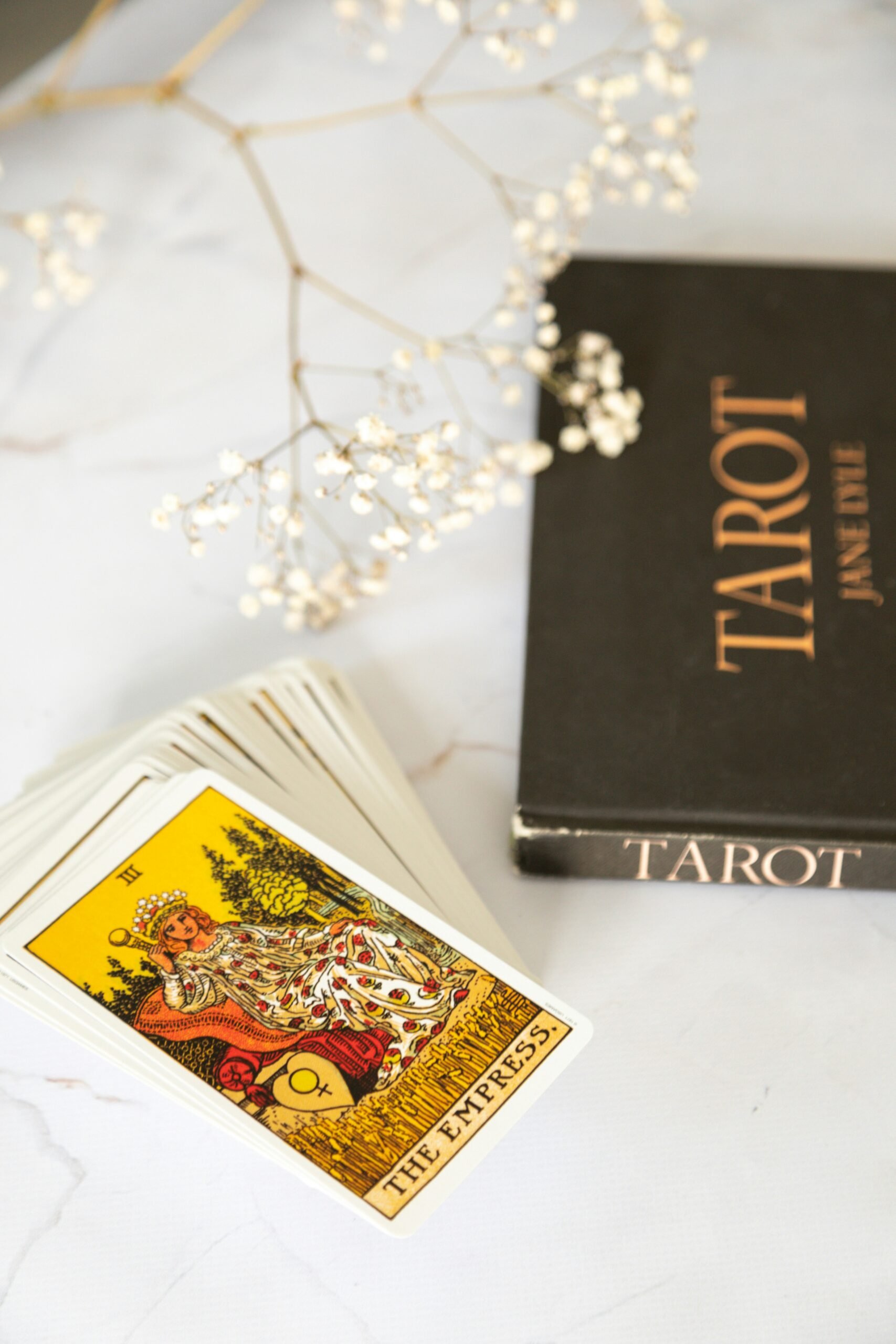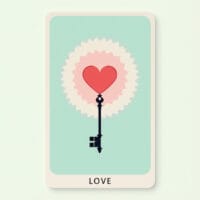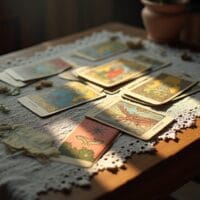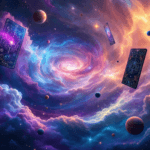Table of Contents
The Enigmatic Origins of Tarot
For centuries, tarot cards have captivated the human imagination, offering glimpses into the past, present, and future. The history of tarot is shrouded in mystery, with its exact origins still debated among scholars. Some believe that tarot originated in ancient Egypt, while others trace its roots to medieval Europe. Regardless of its precise beginnings, tarot has evolved into a powerful tool for divination and self-reflection.

Unlocking the Meaning of Tarot
Tarot cards are more than just a deck of beautifully illustrated cards. Each card holds symbolic meaning and represents different aspects of life, emotions, and experiences. The tarot deck consists of 78 cards, divided into two main categories: the Major Arcana and the Minor Arcana.
The Major Arcana, comprised of 22 cards, portrays significant life events and archetypal figures. These cards, such as The Fool, The Lovers, and The World, hold profound spiritual and psychological significance. They serve as a mirror, reflecting the universal themes and lessons that resonate with our own journeys.
The Minor Arcana, consisting of 56 cards, delves into the everyday aspects of life. Divided into four suits (Cups, Swords, Wands, and Pentacles), these cards offer insights into relationships, challenges, ambitions, and material matters. Each suit represents a different element and carries its own unique energy.
When interpreting tarot cards, intuition plays a vital role. The reader combines their knowledge of the card’s traditional symbolism with their intuitive insights to provide guidance and clarity. Tarot readings can help individuals gain a deeper understanding of themselves, navigate life’s challenges, and make informed decisions.
Tarot’s Journey through History
Throughout history, tarot has been utilized for various purposes beyond divination. In the 18th century, tarot cards were embraced by secret societies, such as the Freemasons and the Hermetic Order of the Golden Dawn, who saw them as gateways to hidden knowledge and spiritual enlightenment.
During the 19th century, tarot experienced a resurgence in popularity, particularly in France. Artists and occultists, such as Jean-Baptiste Alliette (known as Etteilla) and Eliphas Levi, further developed the esoteric aspects of tarot, solidifying its place in the mystical realm.
In the 20th century, tarot began to permeate popular culture, finding its way into literature, art, and film. The symbolism of tarot cards became a source of inspiration for artists, writers, and filmmakers, further fueling its allure.
Tarot Today: A Modern Tool for Self-Exploration
In the present day, tarot has transcended its mystical roots and has become a valuable tool for personal growth and self-reflection. It has found its place in the realm of psychology, with therapists incorporating tarot into their practices to help clients gain insight and explore their subconscious.
Moreover, tarot has gained popularity among those seeking guidance and clarity in various aspects of life. Whether it’s navigating relationships, making career decisions, or exploring spiritual paths, tarot offers a unique perspective and prompts individuals to delve deeper into their own inner wisdom.
With the advent of technology, tarot has also made its way into the digital realm. Online tarot readings and mobile applications have made tarot accessible to a wider audience, allowing individuals to receive guidance and support anytime, anywhere.
The history and mysteries of tarot cards are as enigmatic as the cards themselves. From its meaning and origins to its modern-day applications, tarot continues to fascinate and inspire people around the world. Whether used for divination, self-exploration, or creative inspiration, tarot remains a powerful tool for gaining insight, understanding, and personal growth.
So, the next time you encounter a tarot deck, remember that it holds the potential to unlock the secrets of the past, shed light on the present, and guide you towards an empowered future.




